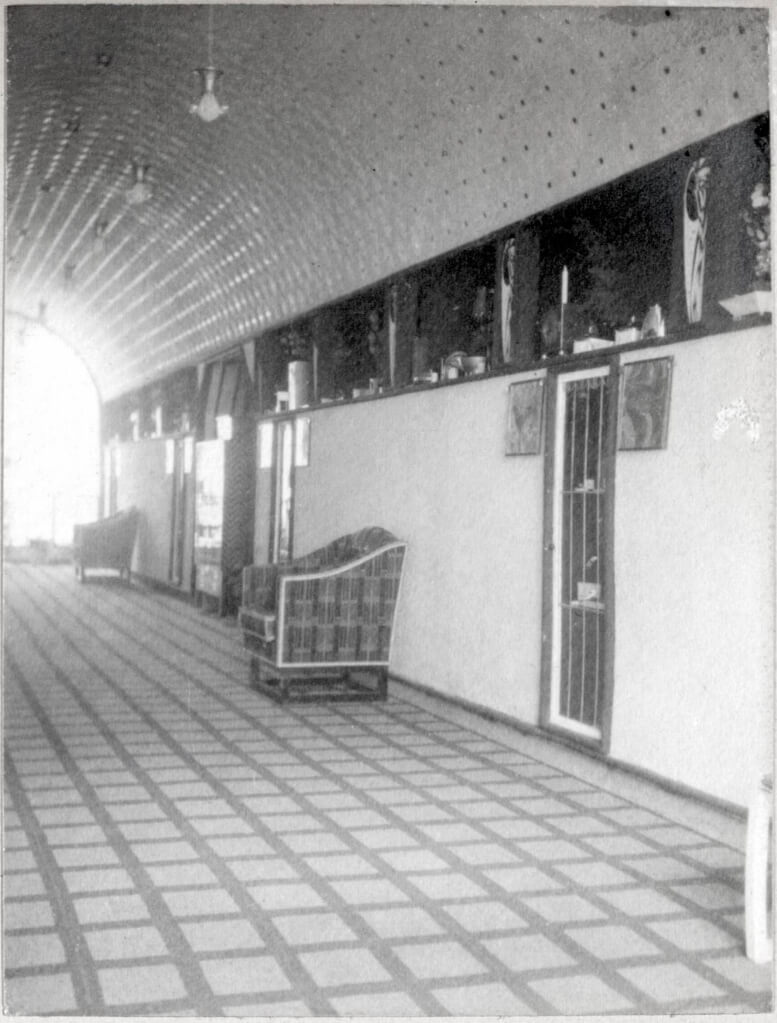
Made for
The Premises of The Wiener Werkstätte, Neustiftgasse 32-34, Vienna
Year
1904
Material
Nickel-plated brass and glass bowl
Dimensions
H. 100 cm
Executed by
The Wiener Werkstätte, Model N° M 116.
Thirty-One Pieces Made, Similar Piece
MoMA, New-York (Permanent Collection)
Sekler. E,. L’oeuvre Architecturale De Josef Hoffmann, Salzburg & Wien, 1982, P. 285, 289
Asenbaum. P., Otto Wagner. Möbel Und Innenräume, Salzburg & Wien, 1984, P. 143
Peter Noever (Ed.); Der Preis Der Schönheit. 100 Jahre Wiener Werkstätte; Ostfildern-Ruit, 2003, P. 73
MAK Archive: WWMB 3, P. 257; WWF 101, P. 24-2

Josef Hoffmann had starting using the light bulb suspended on an electric cable from the ceiling as room lighting ever since designing the interior of the “Apollo” candle and soap store in 1899. He was thereby adopting a solution practised already in 1892 by Otto Wagner in the boudoir of his Vienna studio-apartment on Rennweg. Here, Wagner implemented the new technology of electricity in a new technical and aesthetic way and gave it its own autonomous appearance. He no longer applied the traditional chandelier form of the open, upwardly-directed flame; the much less hazardous electric light source could now safely hang from the ceiling. Wagner gave the new energy source the logical form of a flexible, formable cord.
He interpreted it as a trimming and draped it on a curtain rail. It appears that only about ten years after being introduced (Vienna started providing electric power in the early 1880s) the new technology was already finding its way to its own functional design. Hoffmann‘s design of a pendant luminaire was fabricated for numerous interior design concepts in 1904 by the Wiener Werkstätte with the model number M 116. Among those ordering it were the bent wood manufacturers Jakob and Joseph Kohn, Hugo Marx, the Wittgenstein family and Figdor; Hoffmann also hung it in the gallery of the Wiener Werkstätte exhibition in the Hohenzollern-Kunstgewerbhaus in Berlin. However, Hoffmann used the same model with hemispherical milk-glass shade to illuminate the exhibition room of the Wiener Werkstätte on Neustiftgasse. A simple light bulb is screwed into a hammered metal cylinder, necked in the middle. Four glass balls are each suspended on four chains from the top end of the cylinder, forming an imaginary shade, which refracts the light. The lamp is mounted on the ceiling by means of a hemisphere, also hammered and indented at regular intervals, the electric cable led downwards from its center . Reducing information to the minimum, here Hoffmann has managed to transform a light bulb into a showpiece. He deployed this pendant luminaire model in regularly mounted, linear arrangement in order to incorporate yet another horizon into the room space, a typical characteristic of his interior design concepts.
CWD
Archive pictures



